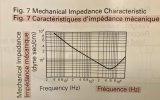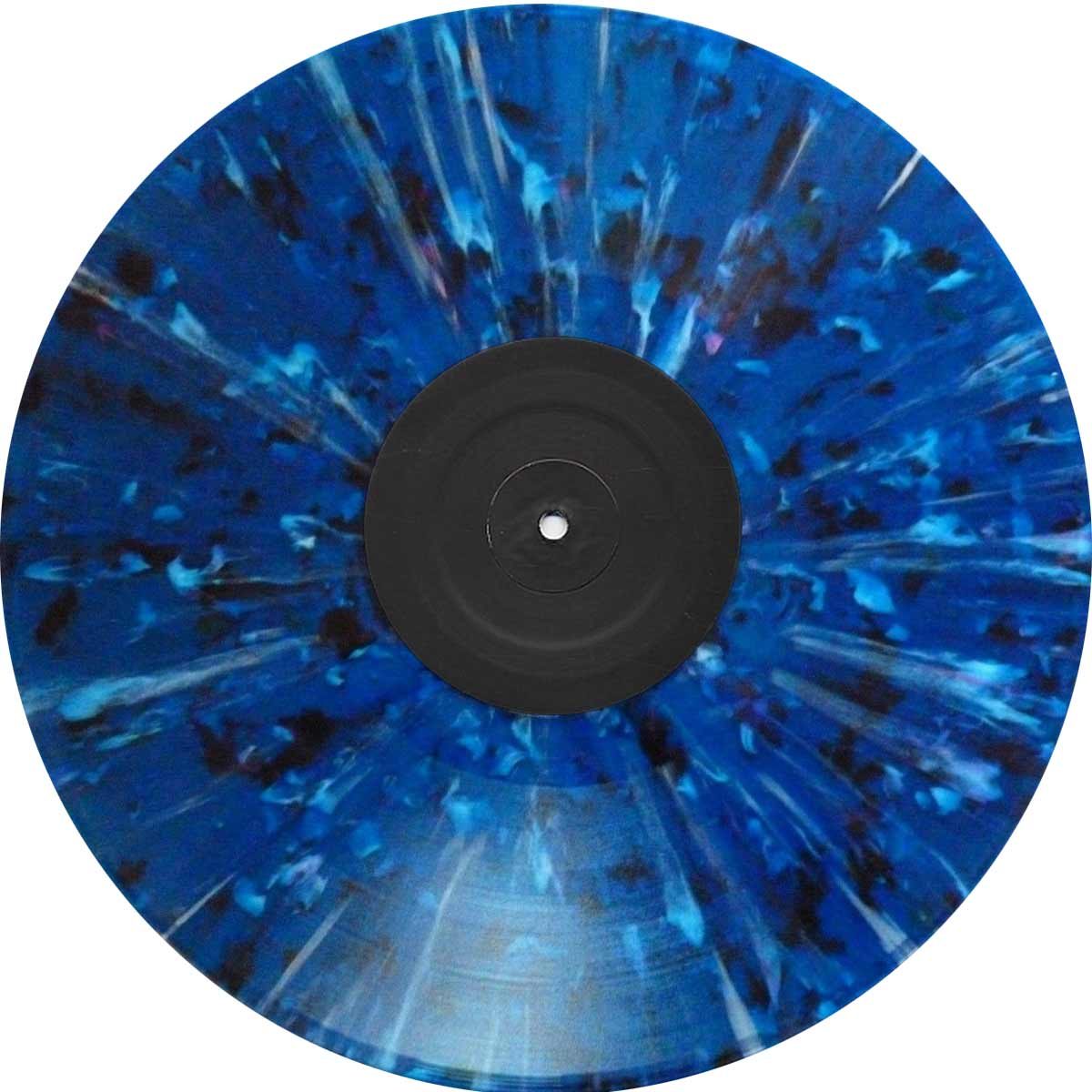Interesting, do you have some links/literature which refer to it?
It is very obscure now.
From the late 60's to early 90's Neumann Lathes were the industry standard (even the eastern block used them, hence I know them quite well). A ready reference is here:
https://www.inner-magazines.com/audiophilia/david-gegen-goliath/
"In 1968, Neumann developed a technique (Tracing Simulator) to minimize distortion due to the geometric differences between the cutting cartridge/stylus, and the stylus to be used for reproducing the record. Neumann also developed the infamous DMM (Direct Metal Mastering) technology, where copper foil was used as the master disc.
Over the years, Neumann designed several “mass-produced” cutting lathes starting from the AM131 model from 1932 and ending via several models (c. 1 per decade) to the VMS-82 model in 1982. All Neumann cutting lathes resemble each other, but on their mutual superiority experts debate. The same applies to the most important part of the lathe: the cutting head: SX 45, SX 68, SX 74 and SX 84."
The Tracing simulator was standard on all Neumann Lathes since the late 60's and many in field units saw upgrades. It allowed louder cuts. It's a well known feature, ask any cutting engineer.
What "Audiophile" cut's usually do is to remove the 14 Bit 48kHz digital delay and automated groove spacing control (yes, all LP's cut on late Neumann Lathes are "digital", don't tell anti-digital people) and the tracing simulator from the signal path.
Unlike the late Neumann Lathes that in effect needed an "Operator" and did most things by itself and was quite tolerant of source material, audiophile cut's need a "Master" level cutting engineer with decades of experience on non-automated Lathes.
If you play audiophile LP's with a DL-103 it will sound excellent, but an Audiophile Arm/Cartridge with line contact stylus will be a bit better. If you play a commercial pressing from the 70's - 90's with a DL-103 it will sound great (because the LP was made to be played with such pickups), whereas the audiophile Arm/Cartridge combo will make the records sound bad. It is often argued that is because the "superior" combo reveals source problems, when the reverse is true.
Recordings before the late 60's (if you have any recordings/pressings that old) tend to sound best with a mild elliptical stylus, very similar with a 103 and often quite bad with a line contact stylus.
Thor

